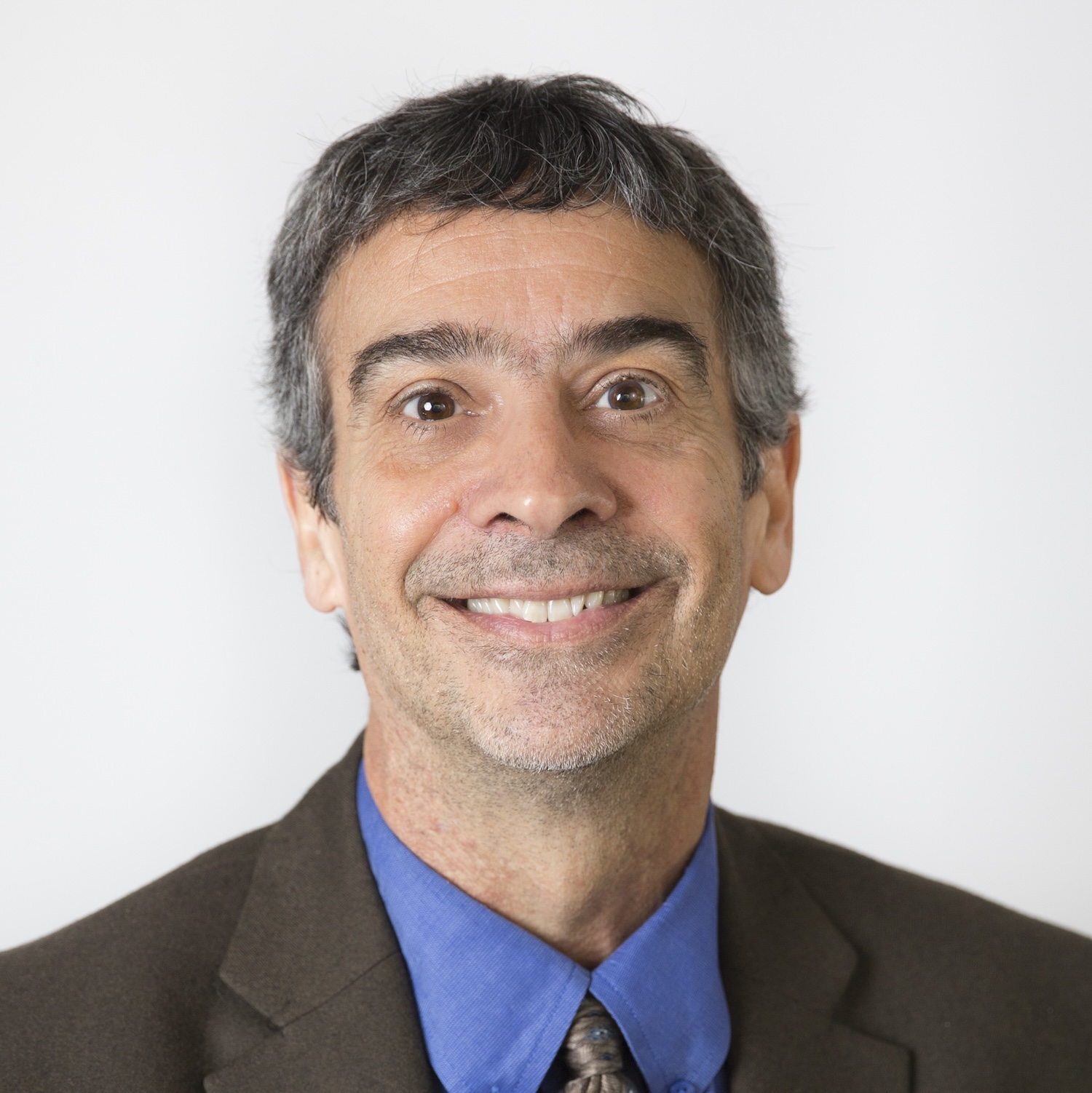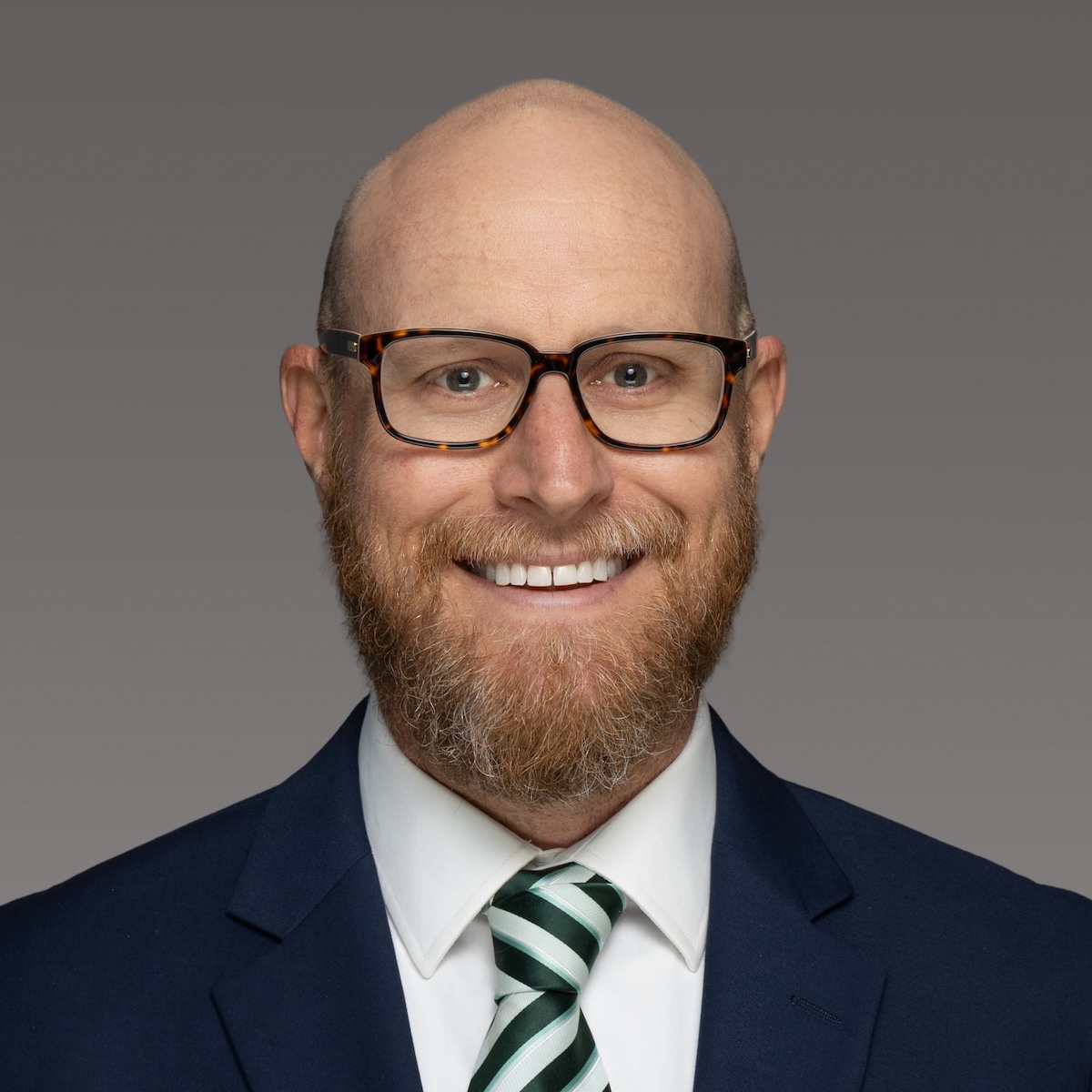.png?sfvrsn=188a2abf_0)
Settlement Accommodation Plan Permitting and Implementation at the Franklin County Sanitary Landfill
November 14, 2025 - | Room C150-C151
Speakers
-
Rick Buffalini
Vice President
Civil & Environmental Consultants, Inc. -
Adam Burleson
Operations Manager
Solid Waste Authority of Central Ohio (SWACO) -
Matt Reardon
Senior Environmental Manager
Solid Waste Authority of Central Ohio (SWACO)
Municipal solid waste landfills consist largely of organic material that decomposes over time and can quickly settle 5–10 feet or more depending on the waste thickness, type, compaction, moisture content, and other factors. This is especially problematic when waste on the lower portions of the landfill side slopes settles to below permitted grades, making it difficult to fill to the permitted grades up slope. As landfill grades get higher, the loss in airspace increases exponentially. Landfill operators sometimes recover the lost airspace by refilling thin layers on the lower slopes of the landfill.
However, this filling process presents many operational challenges including stripping existing soil cover, controlling odors from the waste below the stripped area; maintaining operation of an existing GCCS; and placing, grading, and compacting waste in an area that may be inaccessible to current waste-filling operations. Personnel visited a landfill in Pennsylvania where a program allowed landfill owners/operators to implement a Settlement Accommodation Plan (SAP) for controlled waste filling above permitted waste grades to reduce the amount of airspace loss due to settlement. This inspired a conversation with the Ohio EPA on a potential SAP approval at the Franklin County Sanitary Landfill. The Ohio EPA eventually approved SWACO’s SAP making this the first landfill in Ohio with permission to fill waste above permitted grades. SWACO implemented the SAP in 2024 and continues to monitor the settlement of the overfill.
This presentation will focus on the technical process of obtaining regulatory approval, include data comparing the predicted and actual amount of settlement, and discuss the relationship between the landfill and Ohio EPA that allowed for approval of new operational criteria.
About the Speakers

Rick Buffalini
Vice President | Civil & Environmental Consultants, Inc.
Rick Buffalini is a Vice President with Civil & Environmental Consultants, Inc. He has more than 40 years of experience in a wide range of projects involving the design, permitting and construction of solid waste disposal facilities.

Adam Burleson
Operations Manager | Solid Waste Authority of Central Ohio (SWACO)

Matt Reardon
Senior Environmental Manager | Solid Waste Authority of Central Ohio (SWACO)
Matt Reardon is professional engineer registered in the State of Ohio. He received his BS in Civil & Environmental Engineering from Ohio State University. Mr. Reardon has been the Environmental Manager at SWACO for the last 10 years. He and his team are responsible for the engineering and compliance of the Franklin County Sanitary Landfill, the closed Model Landfill, two transfer stations, and all facility maintenance and construction.






